A year of explaining Moldova to the world as a foreigner
Moldovans are the most hospitable people I’ve ever met, but now it’s time to turn that kindness toward themselves. That’s where true beauty is born—by taking care of yourself. It’s the main lesson I learned after a year as a foreign journalist in this country.
Written by: Tiina Kaukvere
It was May 2019 when I first traveled to Moldova with my 5-month-old son and husband. We were simple tourists in search of sunshine, which is plentiful in May. I also had a colleague from Estonia, Marian, who had been living in Moldova for quite some time. So, it was the perfect destination for first-time parents traveling with a baby—sunshine and friends ready to host us. We did what every tourist does in Moldova: ate plenty of local food, hiked in Old Orhei, visited a winery and slept in a wine barrel, strolled through Chisinau’s parks, and enjoyed a night out in the town.
Back home, I learned that our visit coincided with a turning point for Moldova—by June 2019, the government had fallen. Just weeks after our visit, the world’s major newspapers reported that Moldova had taken a step toward a free, democratic society.
Today, there’s still a way to go. However, I feel that many ghosts and outdated narratives are holding the country back. Stories of corruption, poverty, and power struggles have become obstacles, obscuring what lies beyond this formed curtain. Worse, I believe these narratives have dampened the nation’s pride, which is crucial for uniting people in the face of big changes. For example, the narrative of Moldova being the “least visited country” is often perpetuated by locals themselves. In my experience, it’s the locals who ask tourists, “Why are you in Moldova, and what’s there to see?“—never the tourists. Tourists know exactly what they’re seeking: the culture, history, flavors, and unique way of life. In this sense, Moldova is no different from any other tourist destination.
I felt the injustice that these old narratives inflict on this small nation in Europe.
Make a change
A year ago, two Estonian journalists—Marian Männi and I—had the idea that this country should be portrayed more objectively to the world. Coming from a small nation ourselves, we understand the struggle of making our voices heard and being understood. Negative news often sells, so it’s no surprise that countries like Moldova are more likely to enter conversations due to negative headlines. We, too, often have to explain that we didn’t “switch sides” from east to west; we were occupied in Estonia. This is the fate of small nations: we must be the most vocal in explaining ourselves, or others will do it for us. Do you think they already know enough? The truth is, they don’t! They might not even grasp simple things—like how Moldova is a great wine producer, and how nearly every household makes its own wine.
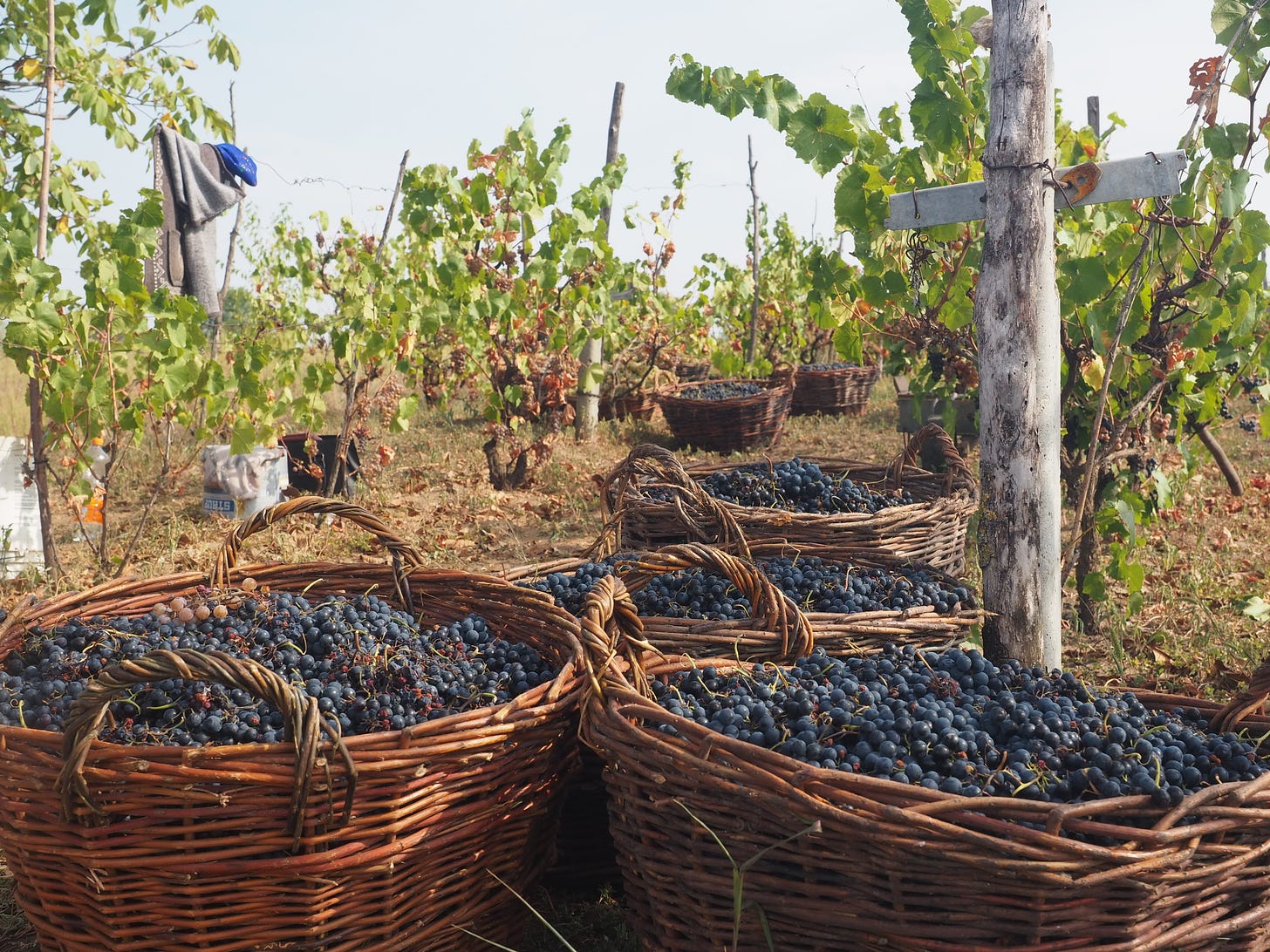
Being known and understood is like a guarantee of freedom. When people know what Moldova is truly about, it makes it harder for big countries like Russia to overlook or dominate smaller, lesser-known nations. So, I felt that my work in Moldova could also contribute to Estonia’s freedom and safety in some way.
After years of putting Estonia on the map as a journalist, I realized it was time to use my skills to put Moldova on the map for foreigners. I felt Moldova needed more foreign media attention, with coverage that goes beyond the old, tired narratives that are easy to throw around. You have to dig deeper, and that’s what journalists do. So, we began covering Moldovan topics through fact-based journalism in English—no slogans, no bland marketing facades, just real life. By doing this, we gave Moldovans the chance to tell their own stories, to be heard, and to have a voice.
For one year, we did just that. Moldovans did the talking—we simply provided the platform.
Our focus was on one country, and we promoted it by listening to its people, as we often do as journalists in Estonia. That didn’t mean we couldn’t be critical or objective. We remained true to our journalistic principles, and it was easy to do so.
Everything is underreported!
And it was surprisingly easy to find stories to cover in Moldova, as so much remains unexplored in foreign media—except for being close to the war zone, of course. Even major stories, like the world’s largest wine cellars seeking UNESCO recognition, are overlooked. Try finding an article in English that explains why those wine tunnels even exist, or how Chisinau was rebuilt from limestone after being heavily bombed in WWII. Even many Moldovans aren’t familiar with these stories.
“People working in this field in Moldova need to understand that the foundation of tourism is history and heritage,” says historian Sergiu Musteata. For one story, he took us to Old Orhei, a key focus of his research since 1996. He helped us discover another old cave monastery, one we would never have found ourselves due to the lack of proper signage. It’s not that people don’t care—it’s that too few know about these places.
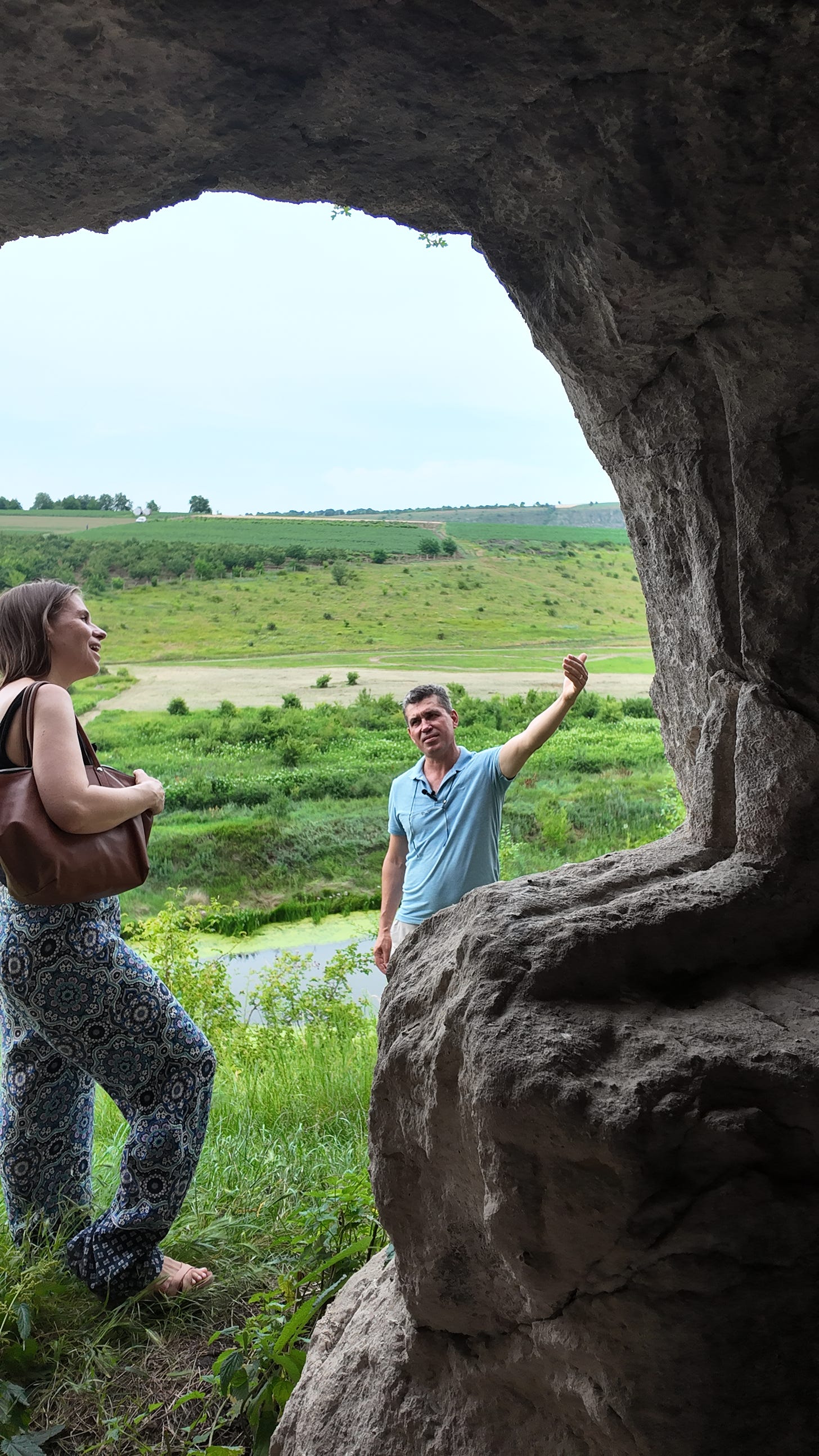
We also hiked in the Nistru River valley near Vadul Rascov, but had to find a guide, as Moldova has yet to develop a network of hiking trails. “There are lots of beautiful places, but nothing is marked,” says our guide, Yevgeni Karuzo. “I use Google Maps to find interesting spots based on the terrain, visit them myself, and then bring groups,” he explains.
Watch the video report on youtube, the article is coming next week on Moldova matters
It seems Moldovans need to rediscover their own country first, and others will follow. In Estonia, we built our hiking paths through bogs and wetlands for ourselves, and soon after, tourists followed. The same will apply to Moldova’s rich history and culture—its architecture, art, and real-life stories, both tragic and inspiring.
One of our most popular stories was about Chisinau’s architecture, revealing the history behind often-abandoned or decaying buildings. For instance, we knocked on the door of a house at Veronica Micle 10. The residents had no idea it once belonged to the prominent Sinadino family. In the late 19th century, brothers Ivan and Victor Sinadino built the Church of St. Great Martyr Panteleimon in tribute to their parents.
We also explored Villa Herza, one of Chisinau’s most beautiful buildings, located across from the Moldovan presidential palace. Though stunning from the outside, the Viennese Baroque mansion is crumbling inside. Built in 1905 by Vladimir Herza, a lawyer and politician, it stands as a testament to the city’s forgotten heritage.
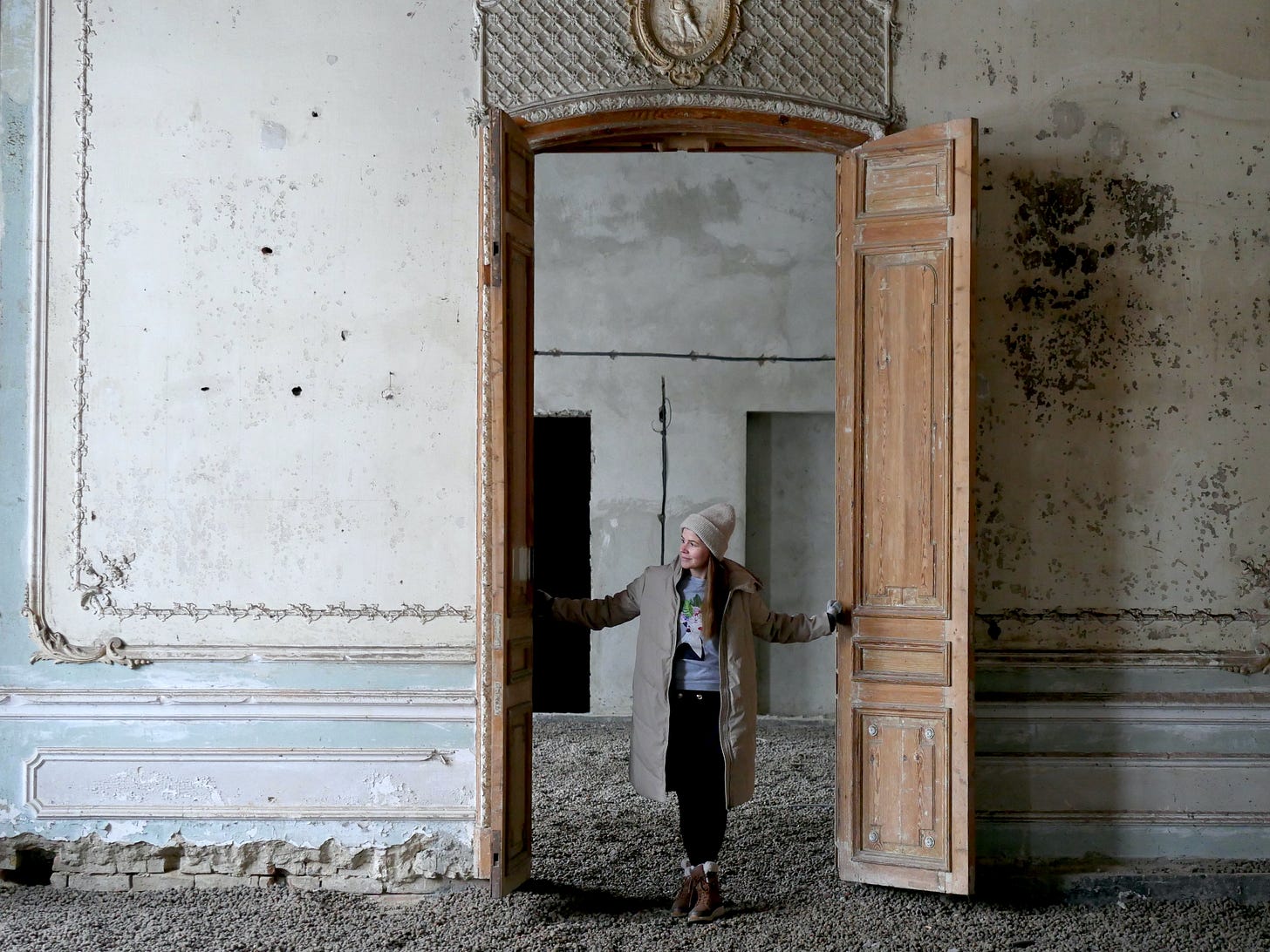
“Right now, we are rediscovering Chisinau,” said Anetta Dabija, the force behind the NGO Save Chisinau, which focuses on preserving the city’s history and architecture. “There’s so much missing from Chisinau’s history. We live here but know so little about it.”
We even learned that the popular belief about how Chisinau got its name is false. Many think it comes from the archaic word “chisla noua,” meaning “new spring,” referring to a spring that supposedly flowed near the city’s first houses. But according to architect and historian Sergius Ciocanu, “It’s a 19th-century myth, when people tried to understand the city’s etymology.”
For journalists, Moldova is a land full of untold stories—even in its most visited and well-known places.
Future tech country?
When a society opens up, big changes follow, and Moldova is no exception. We’ve covered numerous stories, from women increasingly starting their own businesses to the first-ever Moldovan startup summit in Chisinau last year. This makes Moldova home to one of Europe’s youngest startup scenes, brimming with possibilities.
Moldova is no longer just an agrarian country—tech is booming too. It has the background for it, having once been the third-largest supplier of electronic equipment among the socialist republics. We dug into Moldova’s innovations and discovered that Moldovans are making San Francisco’s trolley buses safer1 and producing some of the world’s best ultra-thin wires for brain surgeries.
Of course, the situation is tough now with Russia’s large-scale war in Ukraine. We all need to do everything possible to stop it. While Moldova faces economic challenges, its shifts have been significant, from cutting reliance on Russian gas to redirecting fruit exports to European markets. Moldova is now more visible in my home country, and we’ve learned it’s a major fruit producer, already the largest plum producer in the region.
Our story on Moldova’s grain harvest being caught in the global food bottleneck made it to Euronews. With Ukraine now exporting grain overland due to Russian bombings, one of the biggest trade bottlenecks in the Black Sea region has emerged. And the story of Moldova’s priests moving away from Moscow’s control was published in Politico.
All of these stories helped paint a fuller picture of Moldova, countering the one shaped by corrupt politicians. There’s so much more beneath the surface.
Our one-year project, powered by Ukraine-Moldova American Enterprise Fund, has now ended, but we hope to continue. There’s a constant need to tell Moldova’s story. The negative side will always be more present. Just last week, I read in my local newspaper that “Moldova’s Orthodox Church is a Russian puppet, with priests traveling to Russia for money”. That knowledge might have affected me more if I hadn’t already written a story for Politico about how many Moldovan priests are actually against the war and are shifting from the Russian to the Romanian church. They are far away from being puppets.
Life is never black and white, as it might seem from afar. Let’s give Moldova the color it deserves through real life stories.
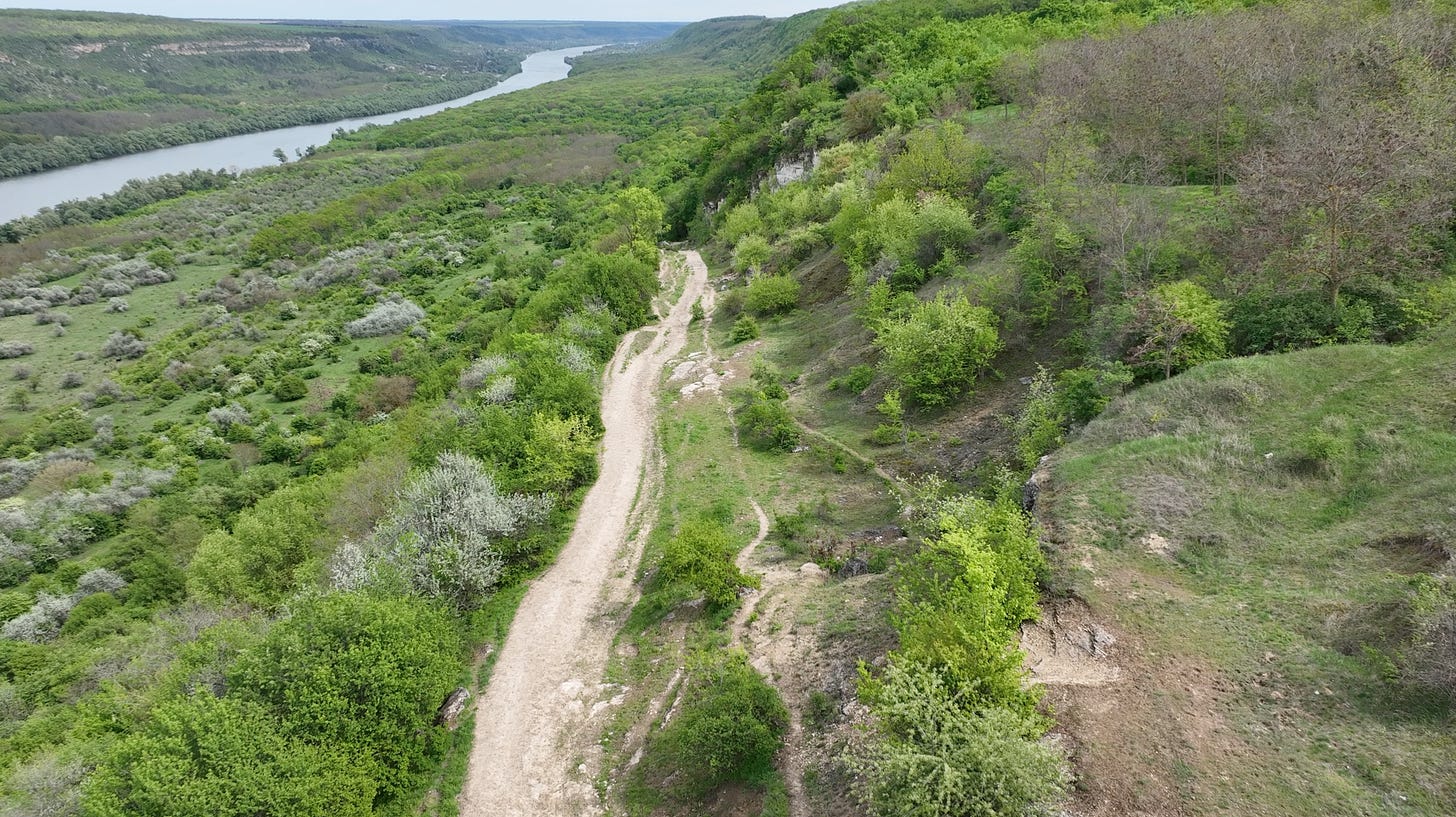
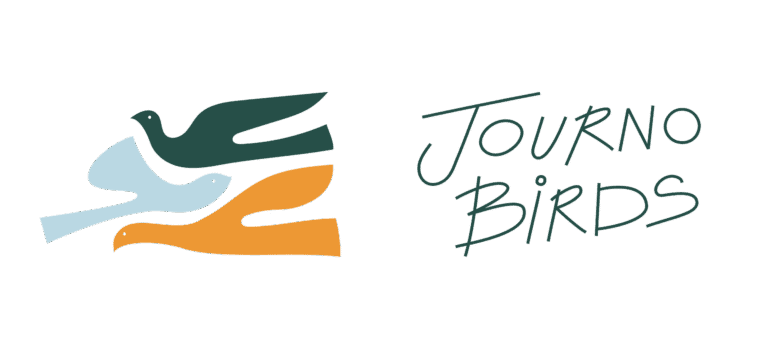
Leave a Reply